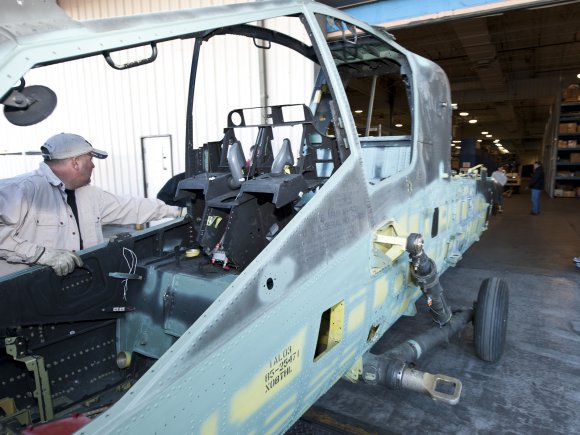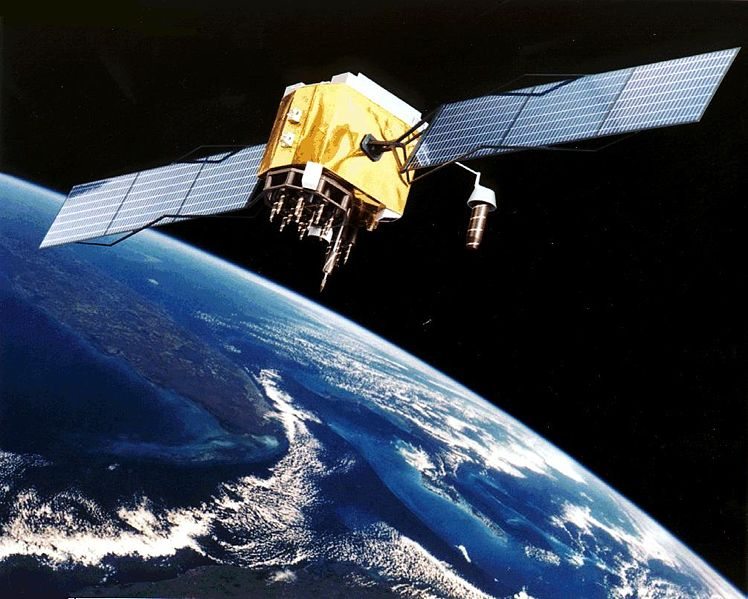As the Army works vigorously to pursue its key modernization priorities while simultaneously seeking to lower costs and adjust to a changing budget, international sales opportunities are figuring prominently in the Army’s acquisition strategy, service officials said.
International sales of U.S. systems, either through commercial channels or the government-to-government Foreign Military Sales program, not only serve to build and sustain partner capacity, but also bolster the health of the defense industrial base the Army depends upon, said Keith Webster, deputy assistant secretary of the Army for Defense Exports and Cooperation. He said foreign military sales help keep production lines open, sustain manufacturing facilities, and preserve specialized skills and needed technological expertise in the design and manufacturing workforce.
Webster explained that the Army is in the process of identifying critical program elements that may benefit from additional sales in order to develop a tailored international strategy for support to the industrial base.
“This includes working with our Program Executive Offices, or PEOs, to identify program areas that will have a need, and then identify known or potential international opportunities,” Webster said.
This is just one of a series of ongoing analyses being conducted as part of a Department of Defense-wide effort to offset or mitigate the potential negative impact of the constrained budgetary environment on the industrial base, several service leaders said.
Anticipated future production of new, emerging programs for the Army, such as the Joint Light Tactical Vehicle, known as the JLTV, stands to fortify the defense industrial base by leveraging engineering skill and potentially bringing production to U.S. facilities. But other major programs, such as the Family of Medium Tactical Vehicles, or FMTV, are expected to transition from production to sustainment over the next several years, potentially challenging manufacturing capability and expertise.
S2T2 EFFORT
The Office of the Secretary of Defense, or OSD, with support from the military services, is undertaking a series of assessments to analyze needs, gaps, capabilities and production potential represented by key elements of the industrial sector. This “Sector by Sector, Tier by Tier,” or S2T2, effort, initiated in 2011, is designed to consider the health of the defense industrial base, officials said, while managing the transition of some programs from new production to sustainment.
OSD is leading the S2T2 effort because so many major vendors conduct business with multiple U.S. services, said Wimpy Pybus, deputy assistant secretary of the Army for Acquisition Policy and Logistics.
“The idea is to reach out and identify challenges before they happen in order to see if anything can be done,” Pybus explained.
“What they’ve done thus far is completed the initial stages and surveyed suppliers to see if they can start to put a complete picture together and assess the ability of key parts of the industrial base to survive and stay in business,” said Pybus.
The under secretary of Defense for Acquisition, Technology, and Logistics has made it a priority “to establish a process for systematically including industrial base issues in our budget deliberations,” said Eugene Gholz, senior advisor to the deputy assistant secretary of Defense for Manufacturing and Industrial Policy.
The S2T2 effort, which will create a data repository using range of collection techniques including surveys, site visits, expert interchanges and highly interactive dialogue, is a step in that direction. It is designed to establish early warning indicators of risk in the commercial sector, promote policies to mitigate potential points of failure, reduce over-reliance on foreign sourcing, and identify areas of limited competition, Pybus and Gholz explained.
“The idea is to avoid soda straw studies that look at one particular thing for one particular purpose. The idea is to come to an enterprise level of understanding of all the connections in the industrial base,” Gholz said.
“We want to be able to bridge particular niche capabilities that we are going to need that, right now, we are not buying,” he said. “Different sectors of the industrial base are quite different in terms of their technological maturity, so you have to understand the industrial base sector-by-sector and then the tier-by-tier.”
Describing the S2T2 process as a series of ongoing assessments of manufacturing capacity and technical know-how able to inform budget decisions and enable investments to preserve strategically important technological priorities for the future, Gholz said the surveys look at prime contractors, subcontractors and sub-tier suppliers with a mind to the often complex, interwoven relationships and interactions between them. Sustaining the capacity to produce technologies and, in some cases, manufacture prototypes, is a key part of this equation, he noted.
“Production capacity involves machines and factories and also involves worker skills, connections between production, designs and an innovative capability to make the next-generation of capability,” he explained.
The first wave of S2T2 surveys was sent out last year, Gholz said.
“We have thousands of responses from facilities, primes, sub-tier suppliers and all sectors of the industrial base. We are organizing that first set of data and we are preparing to send out another wave of surveys to further expand the data we have in the repository,” he added.
DIRECT COMMERCIAL & FOREIGN MILITARY SALES
As the Department of Defense conducts this analysis of the industrial base and comes to a better understanding of its sustainment requirements, officials said the Army is primed to provide leverage by identifying appropriate international sales opportunities.
“We are in the process of assessing our programmatic challenges as we understand them,” said Webster, explaining that PEOs are being asked to identify “where they believe we will need to leverage international activity to sustain critical capabilities.”
Webster’s staff is simultaneously analyzing capability gaps in partner militaries so as to match potential buyers with the appropriate U.S. equipment and move toward a mutually beneficial sale — satisfying Army acquisition objectives, supporting U.S. strategic goals, and helping partners and allies to meet their own security requirements.
U.S. Foreign Military Sales has grown 400 percent during the period from 2003 to 2011, Gen. Ann Dunwoody, commanding general of Army Materiel Command, said in her recent speech at the Association of the United States Army Winter Symposium in Fort Lauderdale, Fla., in February.
In addition, there has already been $14 billion in U.S.-produced FMS cases this year, she added.
“As we draw down and get smaller, building partner capacity and interoperability is important,” Dunwoody said.
In recent years, international sales have helped sustain production of a number of U.S. Army systems, including the AH-64 Apache attack helicopter, CH-47 Chinook helicopter, Patriot missile, Excalibur 155mm precision artillery shells, Guided Multiple Launch Rocket Systems and Javelin anti-tank missile.
Foreign sales of Apache helicopters have kept production lines running during breaks in U.S. government buys, Webster explained, while simultaneously driving down per-unit cost and keeping future production and re-manufacturing economically viable.
Webster also noted the importance of past Saudi investment in the M1 Abrams program to maintaining production facilities and sustaining U.S. tank-manufacturing capability.
Overall, Webster, Pybus and Gholz set down the outlines of a strategic approach to industrial base health that takes maximum advantage of the opportunities presented by international demand for U.S. systems, leveraging sales to help preserve vital manufacturing capacity and technical know-how.











